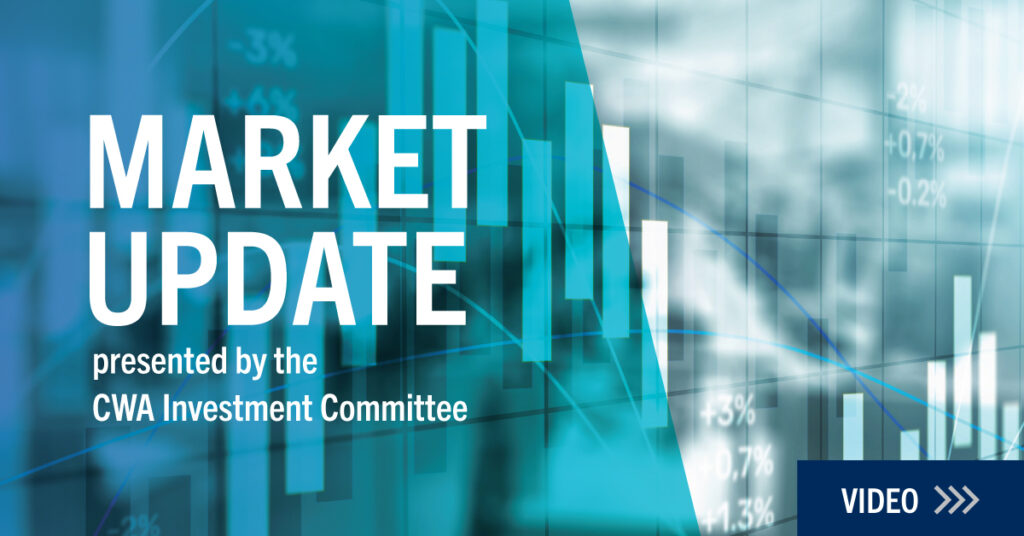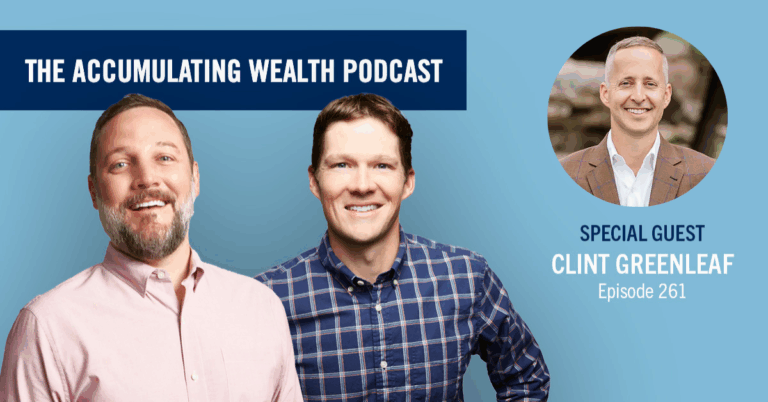With domestic large cap stocks capping off a solid 2014, many investors are looking at their portfolios and wondering if they should simply continue to ride the wave. And while domestic stocks certainly belong in the common investor’s portfolio, experts question whether the S&P 500 can keep up the pace in 2015. Here’s why.
1. The S&P 500 doesn’t tell the whole story.
While the S&P 500 posted a 13.68% gain last year, returns globally were not as encouraging. International developed market equities, as measured by the Morgan Stanley EAFE Index, were down -4.30% for 2014, while Emerging Market Equities (MSCI Emerging Markets Index) were down -2.11%. Domestically, small cap stocks (Russell 2000 Index) were only up 4.90%. Together, global equity returns looked more in-line with valuations metrics and show that the S&P 500 was a global outlier for the year, so investors should be wary of chasing that return in 2015.
2. Defensive sectors ruled 2014.
Utilities and healthcare stocks were by far the two top performing sectors for 2014, up about 28% and 25%, respectively. The energy sector, one of the areas the US economy has been leaning on to provide job growth and to boost GDP, ended the year -9.17%. Defensive sectors tend to outperform in late-stage market cycles and may now be signaling that the market is about to cool off.
3. Cyclically adjusted PE ratios are near all-time highs.
The Shiller PE, or PE10 ratio, ended the year at 26.8X. This is the highest reading since the year 1880 if you remove the mania-like highs of the late 1990s caused by the internet bubble. This means equities are the most expensive they have ever been, going back as far as the data will allow. Generally, this means that new money invested today will have a tough time earning anything for the next 10 years, therefore, caution is warranted.
4. Yields are telling a different story.
Given an expanding economy and a central bank that has been telegraphing that they will begin to raise rates this year, one would expect that the yield curve would be steepening and yields would be creeping higher. Instead, the 10-year US Treasury yield ground lower throughout 2014, at 2.17%, after beginning the year over 3%. This is a divergent trend from what the stock market is suggesting. There’s an old Wall Street axiom that says, “If you want to know what is really going on, look at the bond market”. If this holds true, then there may be a bumpy ride ahead for stocks.
5. Dropping oil prices are fueling global anxiety.
Crude prices fell to $53/barrel at the end of the year from summer highs of over $100. As the most global of all commodities, experts believe that the rapid decline in the price of oil is signaling that there is something rotten in the global economy. Many tout oversupply as the reason for the decline, and this is certainly true to an extent, especially after the OPEC decision to not curtail production. An almost 50% decline, however, in the most important commodity price cannot be simply attributable to a supply problem. A strengthening US dollar, the Fed easing off of stimulus, and troubles abroad account for a large portion of this decline, and with prices this low expect global geopolitical and economic tensions to mount this year.
The Big Picture Matters
If you’re only looking at large cap equities you won’t have the whole story. CWA investment strategies are informed by the big picture. Our approach includes a global, diversified view of both stock and bond markets to provide our clients with a true all-weather portfolio. Balanced portfolios aren’t directed at chasing returns, but rather mitigating undue risks in an economy that continues to struggle.
Source bullet 3: https://www.advisorperspectives.com/dshort/updates/PE-Ratios-and-Market-Valuation.php














